PCBs in Smart Grids
PCBs are crucial in transforming energy grids into smart, efficient systems, optimizing renewable integration and energy management for a sustainable future.
From a fixed network, the energy grid of modern times has now turned into a dynamic and responsive entity. Smart grid technology catalyzes this evolution alone, and within these systems, the heart of such design and creation for smarter systems in energy management lies with printed circuit boards or PCBs. This article will describe how PCBs will be essential to smart grid technologies and how they might revolutionize the way energy is generated, distributed, and used.
By adding digital control and communication, smart grid technology improves on traditional power distribution systems. The incorporation of high-end computer, sensing, and communication technologies enables smart grids to support higher penetration levels of energy sources in a more efficient and operationally reliable electricity supply manner. This new concept is supportive of the penetration of renewable energy sources such as solar and wind power, with optimized energy use in all sectors.
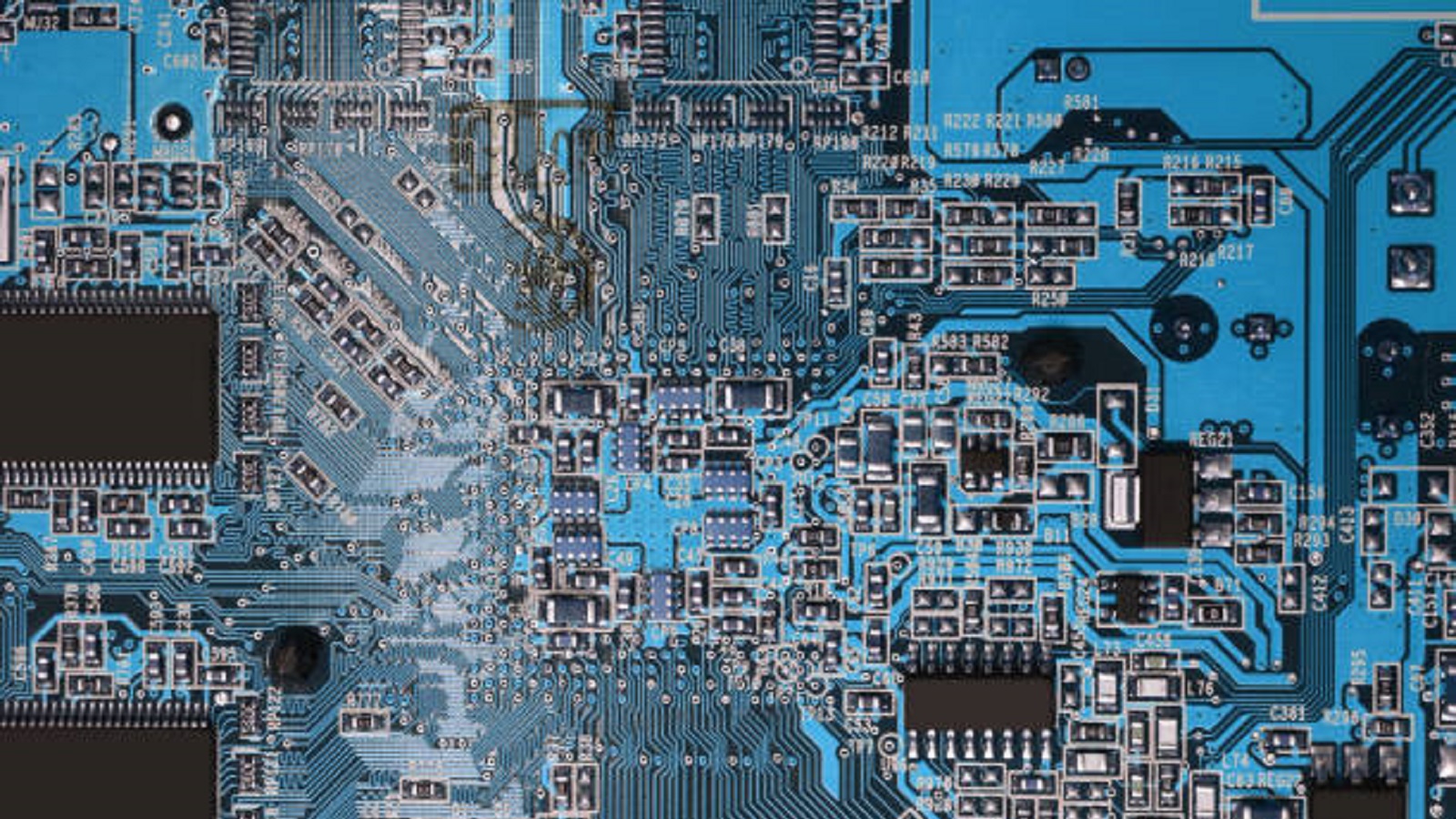
Role of PCBs in Smart Grids
The support structure for the electronic components that would form part of a smart grid is provided by the PCB. A wide range of sensors and communication modules to processors can enable various smart grids in functioning through these PCBs on real-time bases. Their contributions include:
Efficiency: PCBs support the smart grid systems to undertake their job of complex operations. They provide power to microcontrollers and communication devices across the grid, processing large volumes of data to optimize energy distribution and reduce energy waste.
Renewable Energy Integration: Since the PCBs allow for precision management of variable power inputs in smart grids, it integrates various forms of renewable energy into the grid seamlessly. This enhances the stability and reliability of the grid while allowing energy storage solutions to maximize the utilization of renewable energy.
Demand Response and Load Management: PCBs make smart appliances communicate with the grid for improved demand response strategies and load management capabilities. This diminishes peak demand stress on the grid and reduces energy costs to the consumer.
Smart Grid Technology PCBs Advance
Since the late 1990s, when the electrical industry first began to apply digital technology to power grid control, the PCBs have been instrumental in Smart Grid developments. First deployed in the guise of Programmable Logic Controllers-PLCs and Powerline Communication-PLC technology, the PCBs would form the base for energy management solutions that were even greater.
In the mid-2000s, utilities further developed their capabilities with smart meter PCBs in AMI and SCADA systems. This adoption facilitated better energy usage monitoring and afforded customers greater control over their energy consumption.
Variety of Forms of PCB Smart Grids
PCBs within smart grids can be versatile to fit a variety of forms, including:
Static PCB Smart Grids: Less expensive and more stable, suitable for smaller residential settings.
Wireless PCB Smart Grids: Radio frequency to meet industrial use needs and also assure adaptability and the possibility of easy expansion.
Networked PCB Smart Grids: Greater commercial environments containing more than one interconnected power system have the ability to maintain different kinds of energy harvesting and consumption.
Hybrid PCB Smart Grids: Wireless and static communications merged to develop greater efficiency in data management.
Microgrid PCB Smart Grids: For small-scale deployment, provide custom solutions for the respective smaller environments.
Smart Meter PCBs: To enable proper measurement of energy usage and the delivery of consumer energy use in perspective.
Distributed Energy Resources (DER) PCBs: They deal with energy management from distributed sources for better system efficiency at lower carbon emission.
Applications
Smart grids with PCB are in increased usage in various fields such as:
Automotive: Conserve energy in electric and hybrid vehicles through the reduction of overall power consumption.
Aviation and Military: Regardless of location or operating circumstances, increase system efficiency, dependability, and fuel usage monitoring.
Consumer electronics: Provide more monitoring and management tools to support energy-efficient device designs.
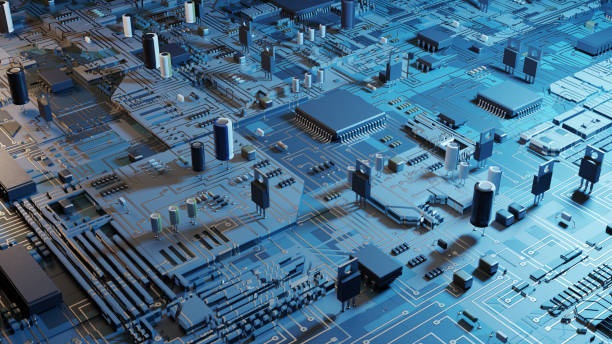
Smart grid technology, empowered by PCBs, epitomizes the future in energy management. The use of PCBs in smart grids unlocks previously unheard-of possibilities by improving efficiency, dependability, and the seamless integration of renewable sources. This holds promise for a sustainable and energy-efficient future, and incorporating PCBs is essential to creating intelligent systems that can guarantee enormous advantages for consumers, businesses, and the environment.
Hot Tags:
Contact us

If you can't find what you're looking for, please contact us.
Article
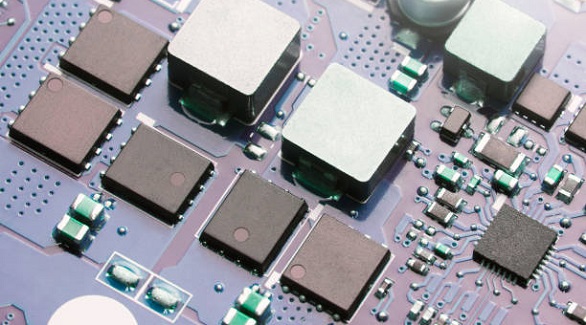
eFuses are advanced PCB fuses that reset automatically, offering fast, precise protection and versatility in electronics, enhancing device safety and reliability.
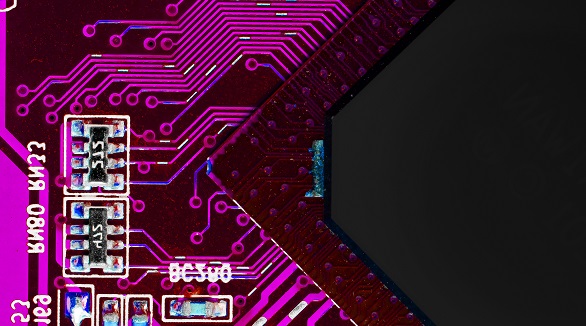
High-speed PCBs (>1GHz) are crucial for advanced electronics like 5G and data processors. Key practices include ensuring signal integrity, controlling EMI, and maintaining power integrity for reliable performance.
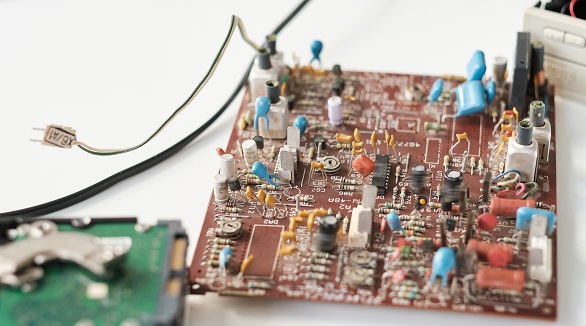
Capacitors are crucial in circuits for storing energy. Testing methods include in-circuit and out-of-circuit using digital multimeters, ESR, and LCR meters. Proper testing ensures reliability and prevents malfunctions.